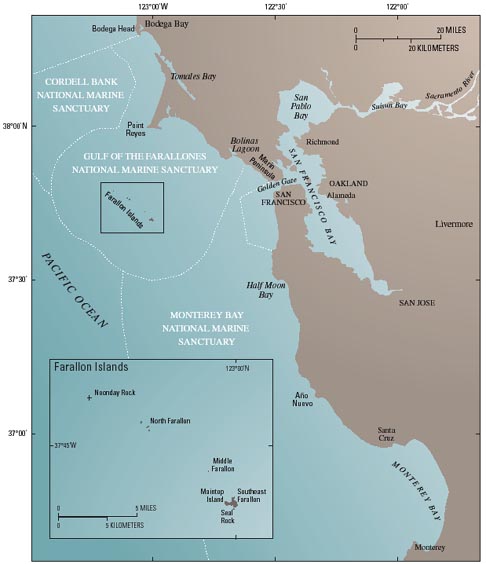kimberlyanne546
Final Approach
I was speaking with a local pilot about something.
This pilot told me it was awesome to fly over / around / near the Farallons.
Problem is, I thought they were affected by ADIZ? And it looks like there is a marine sanctuary too.
Can I be bombed in the ADIZ - ?


This pilot told me it was awesome to fly over / around / near the Farallons.
Problem is, I thought they were affected by ADIZ? And it looks like there is a marine sanctuary too.
Can I be bombed in the ADIZ - ?




